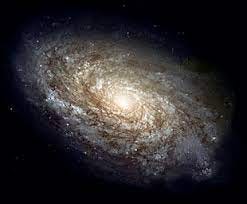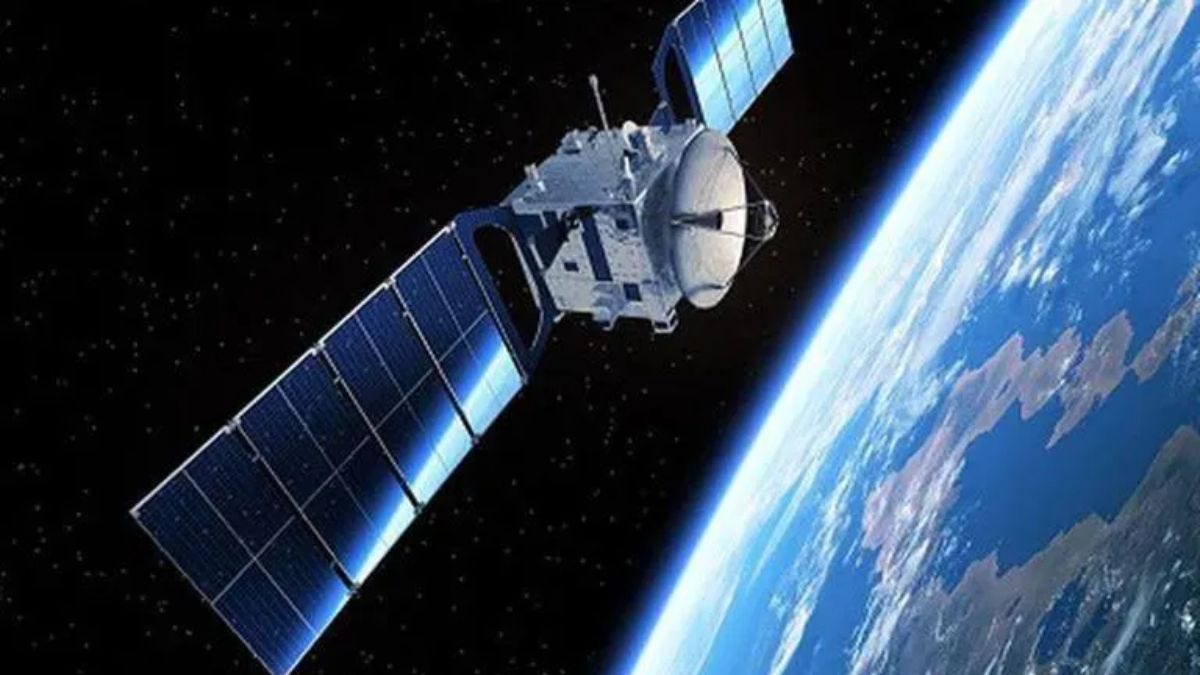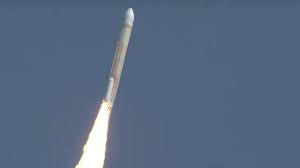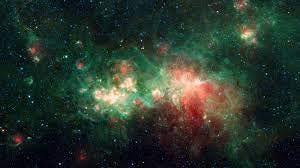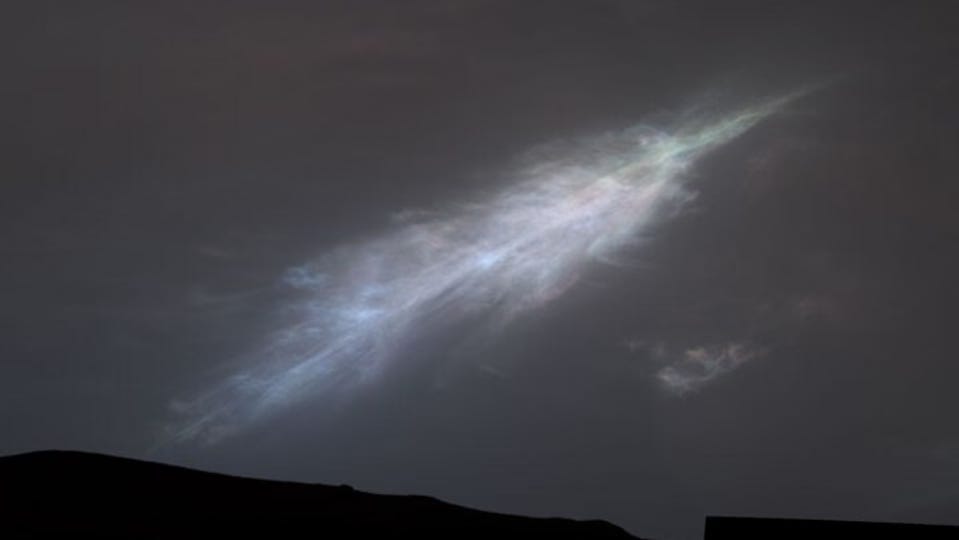Weekly - ISRO successfully completes satellite reentry and more
Weekly Space News - Quick and Easy
Astronomers find new lonely galaxy 9.2 billion light years away
Astronomers working at NASA’s Chandra space observatory discovered a new galaxy 9.2 billion light years away. The galaxy: 3C 297, contains a supermassive black hole and a quasar at its center. But that is not the most interesting thing about it. Scientists believe that this galaxy used to be a part of a giant galaxy cluster. But all its other companions are missing. Nobody knows for sure where they went.
ISRO successfully completes satellite re-entry
Last week on Tuesday ISRO successfully completed the controlled re-entry of a decommissioned satellite. The satellite: Megha-Tropiques-1 (MT-1) was brought back to the earth by firing 2 thrusters for 20 minutes each on board the satellite.
Japan’s H3 rocket fails
Japan’s special H3 rocket that launched last week ended in a disaster. The reason for the failure of the rocket was due to the failure in the second stage of the rocket’s ignition. This left JAXA with no other choice but to give the self-destruct command.
For more info on why the rocket is special click here: https://spaceblaze.substack.com/i/106576222/japan-schedules-h-rocket-launch
James Webb captures detailed view of early star formation
Researchers at the University of Alberta used the James Webb telescope to capture an early star formation. Using James Webb’s powerful new capabilities, the researchers were able to catch a glimpse of the star formation clearer than ever. The star was captured using Webb’s infrared capabilities.
Curiosity captures visible sunlight on mars
NASA’s Curiosity rover on mars captured visible sun rays for the first time ever. This is the first time the sun’s rays have been clearly viewed on mars by Curiosity. It also captured a special rock that looked like a duck.


